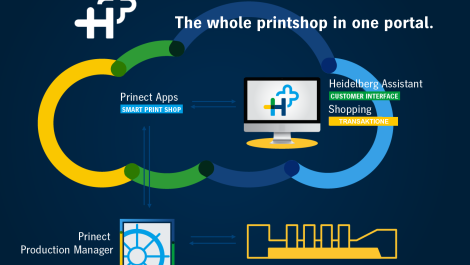The weekly Verdigris blog by Laurel Brunner
An Environmental Product Declaration (EPD) is a quantification of something’s environmental impact. EPDs can be created for anything from home furnishings to newspapers. They provide all sorts of environmental data, from raw material impact through to emissions to water and waste generation. They are wonderful tools, but they are so very bound up with environmental science that business people tend to ignore them. Bad idea.
Ignoring the potential of EPDs to help your business is a missed opportunity. EPDs communicate environmental profiles of typical products to customers and investors in a way that is easy to understand and accessible. They are written in language that is relatively simple to understand and they can be used in carbon trading, since they can provide the data for carbon footprint calculations.
Most companies will struggle to care much about EPDs, but if you work with customers who have a Corporate Social Responsibility policy, you’ve probably got more of a reason to care. EPDs explain the environmental impact of a print product, but they are also indicators of a company’s environmental commitment. This can lend some heft to your competitive position, particularly for clients who care about impact reduction. And you might find that you can sell your EPD services to other companies stressing to hang on to environmentally aware customers.
There’s just a tiny snag to EPDs and that is the fact that they are based on a life cycle analysis of defined products. These product definitions are supposed to be enshrined in Product Category Rules (PCRs). PCRs have been cobbled together for many, but not all products. In fact they only exist for a woeful few products and in the printing industry there are barely any at all. Last year we found a project to develop a PCR for books being developed in Spain and we’ve come across another, for labels. This one is, rather bizarrely also under development in Spain and the people behind it are keen to get input from interested parties. Elisabet Amat would love to hear from you if you’ve something to contribute: eamat@lavola.com.
EPDs and PCRs are our best chance of nailing down trustworthy definitions of print media products. It is work that printers and publishers should be getting more involved with. It comes back to the fact that we need to define what it is we are measuring before we can do the measuring and measurements are necessary benchmarks for improvement. At some point we may all need reference PCRs and be required to do our own EPDs. It might be better to get involved sooner rather than later in shaping our industry’s future.
http://verdigrisproject.com/blog/environmental-product-declarations-and-print-media
This article is part of the Verdigris series of stories about understanding the environmental impact of print. The Verdigris Project is supported by Agfa Graphics, Canon Europe, Digital Dots, drupa, EcoPrint, EFI, Fespa, HP, Pragati Offset, Ricoh, Splash PR, Unity Publishing and Xeikon.





